Teachers juggle countless responsibilities daily—grading assignments, managing student behavior, crafting lesson plans, and communicating with parents—all while striving to meet diverse student needs. These tasks often leave educators stretched thin, with little time to focus on what matters most: fostering meaningful learning experiences.
The future of AI in classroom management offers a lifeline, empowering teachers with tools to streamline workflows, personalize instruction, and enhance classroom dynamics. This article explores four compelling reasons why AI is revolutionizing classroom management, providing practical solutions to alleviate these burdens and boost educational outcomes.
Why is AI the future of classroom management? AI automates repetitive tasks, personalizes learning, and provides data-driven insights, enabling teachers to focus on student engagement and growth.
Understanding the Teacher’s Challenge in Classroom Management
Classroom management is a complex balancing act. Teachers must maintain discipline, ensure equitable participation, and tailor instruction to diverse learners, all while handling administrative tasks. According to a 2023 Forbes survey, 60% of teachers reported feeling overwhelmed by these demands, with many citing time constraints as a barrier to effective teaching.
Poor classroom management can lead to disengaged students, disrupted lessons, and burnout, with 49% of educators expressing concerns about insufficient training to integrate new technologies like AI. These challenges amplify in diverse classrooms, where students with varying needs—such as those with learning disabilities or language barriers—require individualized attention that traditional methods struggle to provide.
The impact is profound: teachers spend an estimated 10-15 hours weekly on administrative tasks alone, reducing time for student interaction and lesson innovation. Without effective tools, maintaining a productive classroom environment becomes a Sisyphean task, hindering both student success and teacher well-being.
Four Compelling Reasons AI is the Future of Classroom Management
1. Streamlining Administrative Tasks for Greater Efficiency
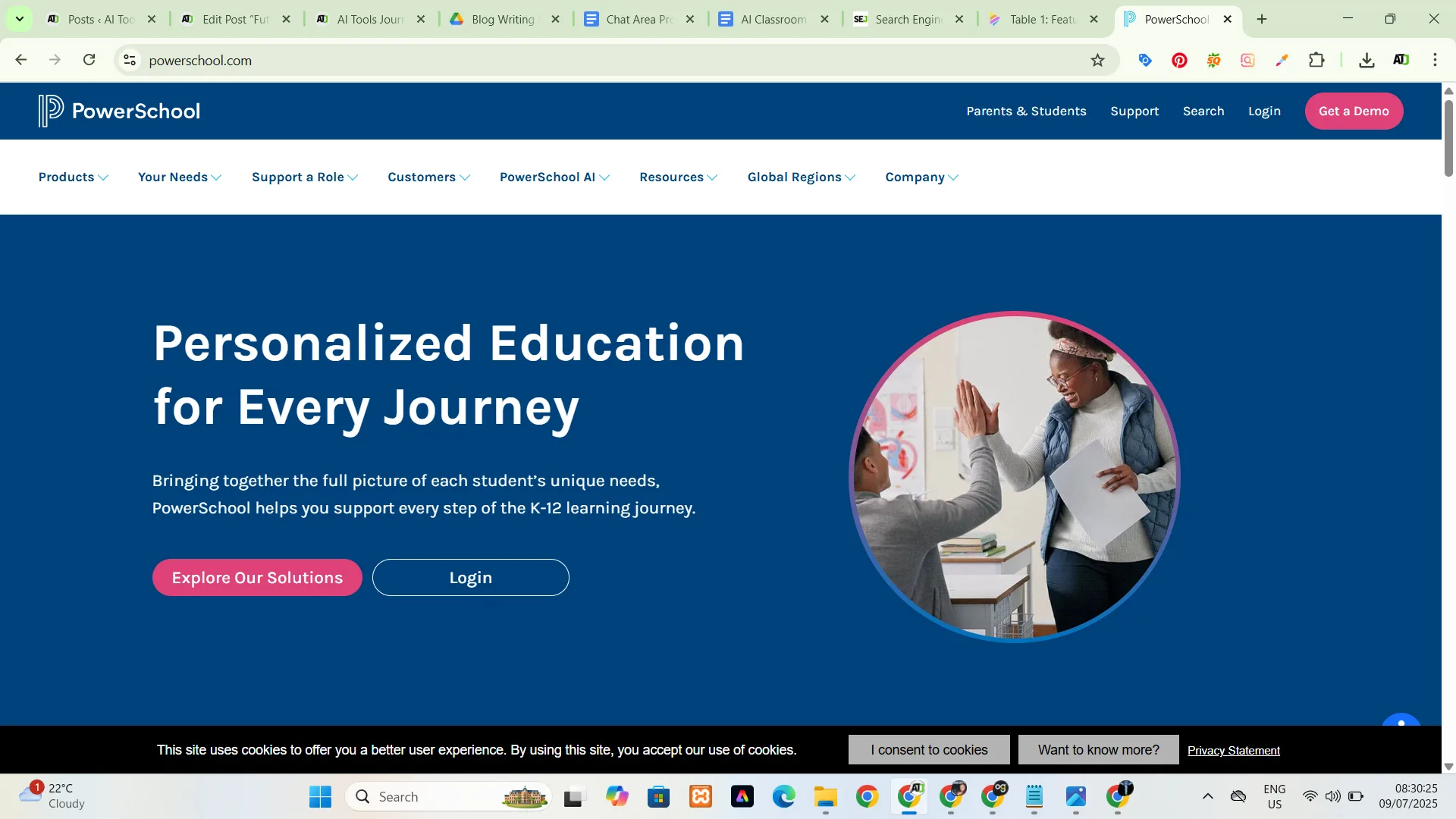
Administrative tasks like grading, scheduling, and attendance tracking consume valuable time. AI-powered tools automate these processes, freeing teachers to focus on instruction. For instance, platforms like Quizizz and PowerSchool use AI to grade assignments instantly and generate detailed performance reports, reducing administrative time by up to 42%.
How to Implement AI for Administrative Efficiency:
- Choose an AI Tool: Select platforms like Quizizz for automated grading or PowerSchool for analytics-driven administrative support.
- Integrate with Existing Systems: Ensure compatibility with your school’s learning management system (LMS), such as Google Classroom
- Train Staff: Provide short workshops to familiarize teachers with tool functionalities.
- Monitor and Adjust: Use AI-generated reports to refine workflows and identify bottlenecks.
Why It Works: AI eliminates repetitive tasks, allowing teachers to dedicate more time to student engagement. For example, a high school teacher using PowerSchool’s PowerBuddy tool can automate attendance and analyze student performance trends in minutes, saving hours weekly.
Expert Insight: “AI tools like PowerSchool are game-changers, automating mundane tasks so teachers can focus on inspiring students,” says Dr. Jane Thompson, EdTech researcher at Stanford University.
2. Personalizing Learning to Meet Diverse Student Needs
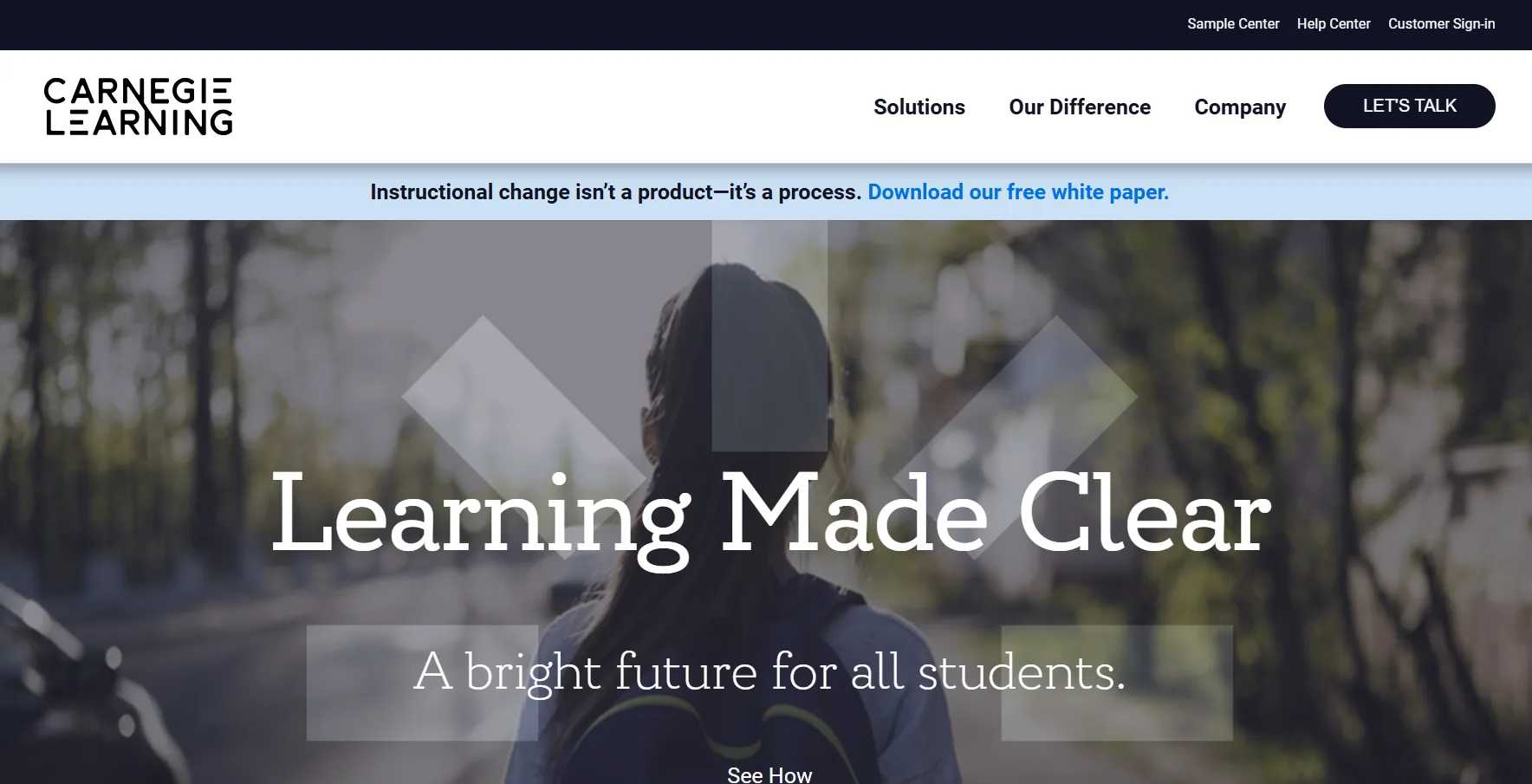
Every classroom hosts a spectrum of learners, from advanced students to those with special needs. AI-driven adaptive learning platforms, such as Carnegie Learning’s LiveHint AI, tailor content to individual student abilities, boosting engagement and outcomes. A 2024 study found that 25% of teachers using AI reported improved personalized learning, with 18% noting enhanced student engagement.
How AI Personalizes Learning:
- Assess Student Needs: AI analyzes performance data to identify strengths and weaknesses.
- Customize Content: Platforms adjust lesson difficulty and format based on student progress.
- Provide Real-Time Feedback: Students receive instant insights, fostering self-paced learning.
- Support Special Needs: Tools like speech-to-text software assist students with disabilities.
Real-World Example: A middle school math teacher uses DreamBox to assign tailored exercises. A struggling student receives scaffolded problems, while an advanced learner tackles challenging tasks, ensuring both progress at their own pace.
Why It Works: AI’s adaptability ensures no student is left behind, addressing the challenge of diverse learning needs in a single classroom.
Expert Insight: “Personalized learning through AI is like having a tutor for every student,” notes Dr. Sarah Lee, education technology specialist at SMU.
3. Enhancing Classroom Dynamics with Data-Driven Insights
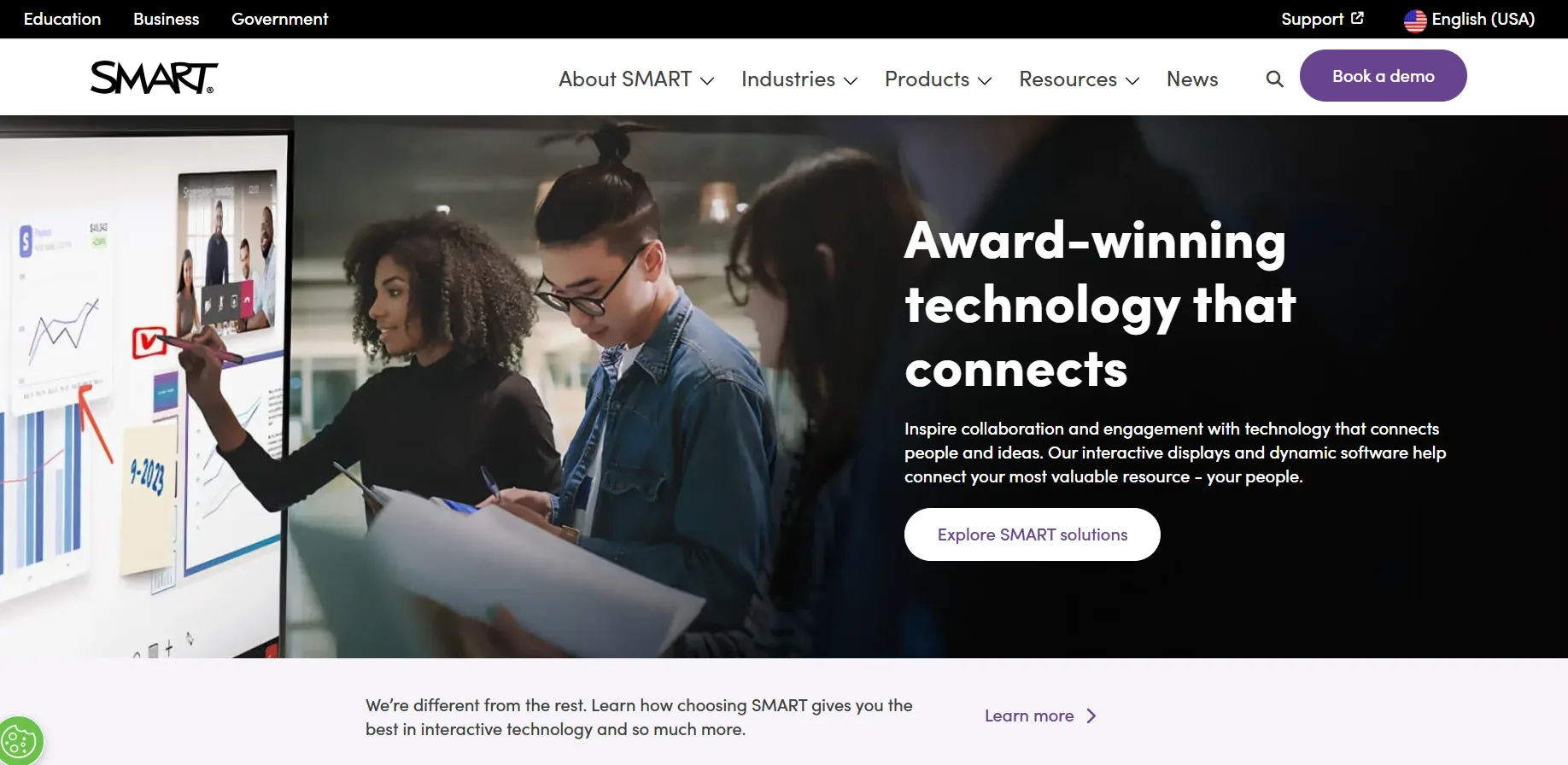
Managing student behavior and engagement is a core challenge. AI tools like SMART boards with AI integration monitor participation and attention levels, providing real-time insights. For example, AI can detect when a student disengages, prompting teachers to adjust their approach.
How to Use AI for Classroom Dynamics:
- Deploy AI-Enhanced Tools: Use interactive displays to track participation.
- Analyze Data: Review AI-generated reports on student engagement trends.
- Adjust Strategies: Implement targeted interventions, like group activities, based on insights.
- Encourage Collaboration: Use AI to facilitate group projects, fostering teamwork.
Real-World Example: A teacher notices low engagement via SMART board analytics and shifts to a collaborative AI-driven activity on Curipod, increasing participation by 20% in one session.
Why It Works: AI provides actionable data, enabling teachers to maintain a positive, inclusive classroom environment.
Expert Insight: “AI analytics empower teachers to make informed decisions, transforming classroom dynamics,” says Dr. Omar Ali, AI education researcher at Abdullah Al Salem University.
4. Fostering Critical Thinking and Ethical AI Use
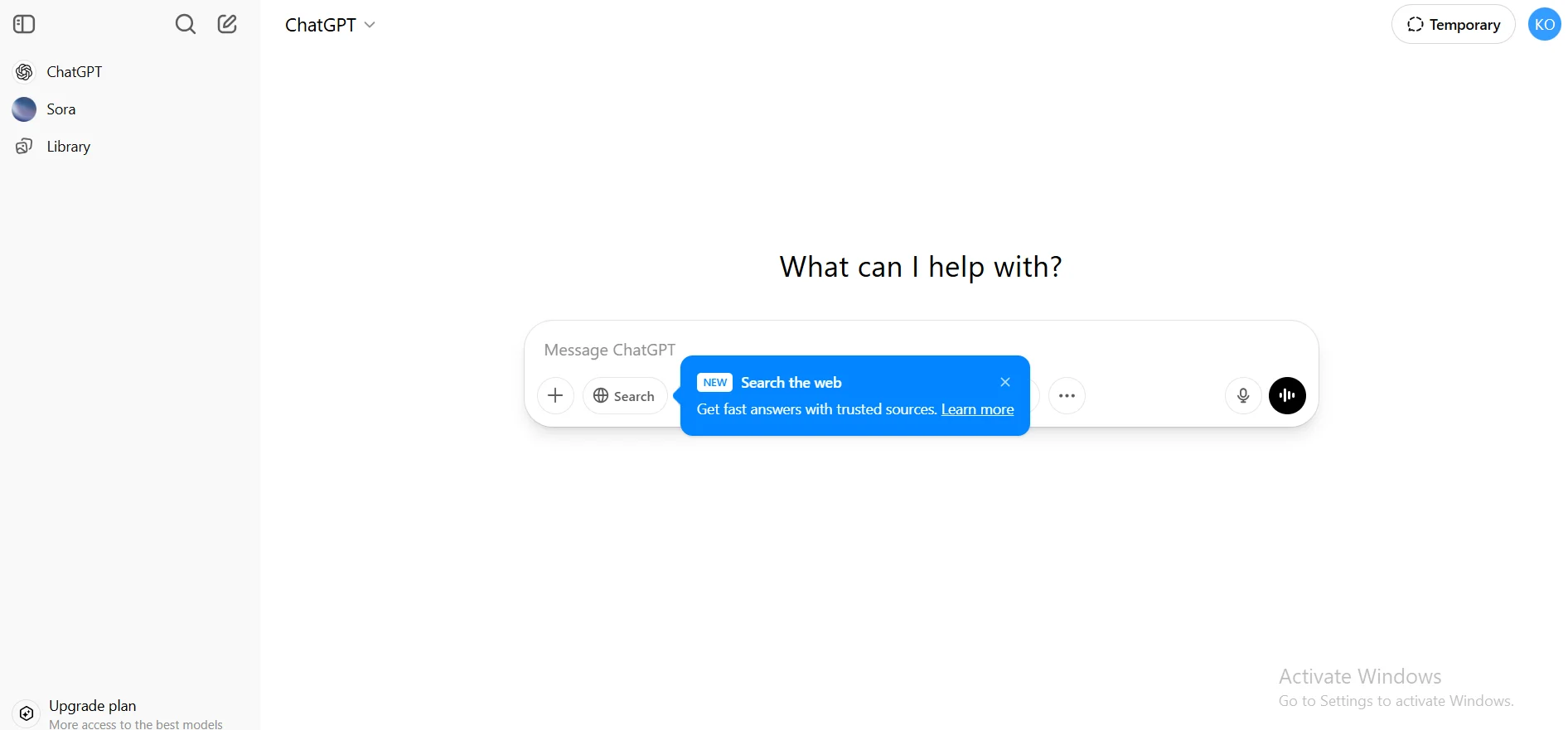
AI integration encourages students to develop critical thinking and digital literacy, essential skills for a tech-driven future. By incorporating AI into curricula, teachers can facilitate discussions on ethical considerations, such as bias and privacy. A 2024 study emphasized that AI fosters critical thinking by prompting students to question AI outputs.
How to Integrate AI for Critical Thinking:
- Introduce AI Concepts: Teach students how AI works and its societal impacts.
- Use AI Tools in Lessons: Assign projects using tools like ChatGPT to analyze outputs critically.
- Discuss Ethics: Facilitate debates on AI biases and data privacy.
- Create Feedback Channels: Establish forums for students to share AI-related concerns.
Real-World Example: A high school English teacher uses ChatGPT to generate essay prompts, then tasks students with critiquing the AI’s output for accuracy and bias, enhancing analytical skills.
Why It Works: AI-driven activities prepare students for a tech-centric world while addressing ethical concerns, aligning with educational innovation trends.
Expert Insight: “Teaching students to critically engage with AI is as crucial as teaching them to read,” says Professor Rob Reich, Stanford political science expert.
AI Tool Comparison: Streamlining Classroom Management
Below are two tables comparing popular AI tools for classroom management, focusing on their features, pricing, and suitability.
Table 1: Feature Comparison of AI Classroom Management Tools
| Tool | Key Features | Ease of Use | Integration | Best For |
|---|---|---|---|---|
| Quizizz | Automated grading, personalized quizzes | High | Google Classroom, Microsoft Teams | Quick assessments, engagement |
| PowerSchool | Analytics, attendance tracking, admin tasks | Moderate | Most LMS platforms | Comprehensive management |
| Carnegie Learning | Adaptive math tutoring, real-time feedback | High | Standalone or LMS integration | Personalized learning |
| Curipod | Interactive lesson creation, SEL activities | Very High | Web-based, no LMS required | Creative lesson planning |
Table 2: Pricing and Accessibility Comparison
| Tool | Pricing Model | Free Tier | Accessibility | Learning Curve |
|---|---|---|---|---|
| Quizizz | Freemium, $50/month premium | Yes | Web, iOS, Android | Low |
| PowerSchool | Subscription, contact for pricing | No | Web, integrates with school systems | Moderate |
| Carnegie Learning | Subscription, ~$30/student/year | Limited | Web, dedicated platforms | Low |
| Curipod | Free, premium plans TBD | Yes | Web-based, no installation needed | Very Low |
Analysis: Quizizz and Curipod are ideal for teachers seeking quick, user-friendly solutions, while PowerSchool suits districts needing robust analytics. Carnegie Learning excels for math-focused personalization but may require more investment.
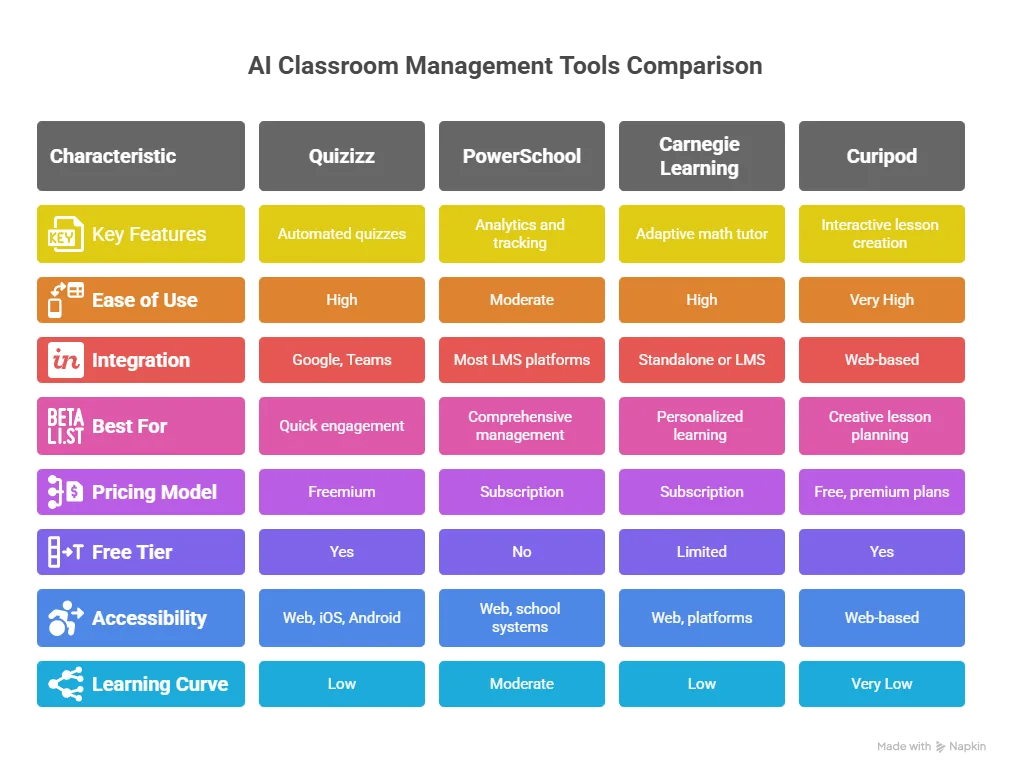
Ethical Considerations and Best Practices
Integrating AI into classroom management raises ethical concerns, including data privacy, algorithmic bias, and over-reliance on technology. A 2025 study found 63% of educators worry about cyberattacks, and 49% cite inadequate training as a barrier. To address these:
- Ensure Data Privacy: Use tools compliant with FERPA and GDPR, like PowerSchool, which prioritizes secure data handling.
- Mitigate Bias: Train teachers to recognize and address AI biases, ensuring diverse datasets are used.
- Balance Human Interaction: Combine AI with human-led teaching to maintain social-emotional learning.
- Provide Training: Schools should offer professional development, as 50% of educators report insufficient support.
Best Practice Example: A school district implements a policy requiring AI tools to undergo privacy audits and provides monthly training sessions, ensuring ethical and effective use.
Conclusion: Embrace the Future of AI in Classroom Management
The future of AI in classroom management lies in its ability to transform teaching by automating tasks, personalizing learning, enhancing classroom dynamics, and fostering critical thinking. By adopting tools like Quizizz, PowerSchool, Carnegie Learning, and Curipod, teachers can overcome time constraints and address diverse student needs effectively. These AI trends in classroom technology not only improve efficiency but also pave the way for educational innovation, preparing students for a tech-driven world. Educators are encouraged to explore these tools, implement ethical practices, and leverage training to unlock AI’s full potential. Start integrating AI today to create a more engaging, equitable, and efficient classroom environment.
Frequently Asked Questions
How does AI improve classroom management?
AI automates grading, personalizes learning, and provides insights into student behavior, saving teachers time and enhancing engagement. Tools like Quizizz and PowerSchool streamline tasks, allowing focus on teaching.
What are the best AI tools for classroom management?
Quizizz, PowerSchool, Carnegie Learning, and Curipod are top choices, offering automated grading, analytics, and personalized learning with easy integration.
What are the risks of using AI in classrooms?
Risks include data privacy breaches, algorithmic bias, and reduced human interaction. Schools must prioritize secure tools and teacher training to mitigate these.
How can teachers integrate AI ethically?
Teachers should use compliant tools, train on bias recognition, and foster discussions on AI ethics, ensuring transparency and inclusivity.
Can AI replace teachers in classroom management?
No, AI enhances rather than replaces teachers, automating tasks and providing insights while human guidance remains essential for mentorship and emotional support.






